'Emergency berm' helped St. Johns beaches during Ian, Nicole; now new beach project possible
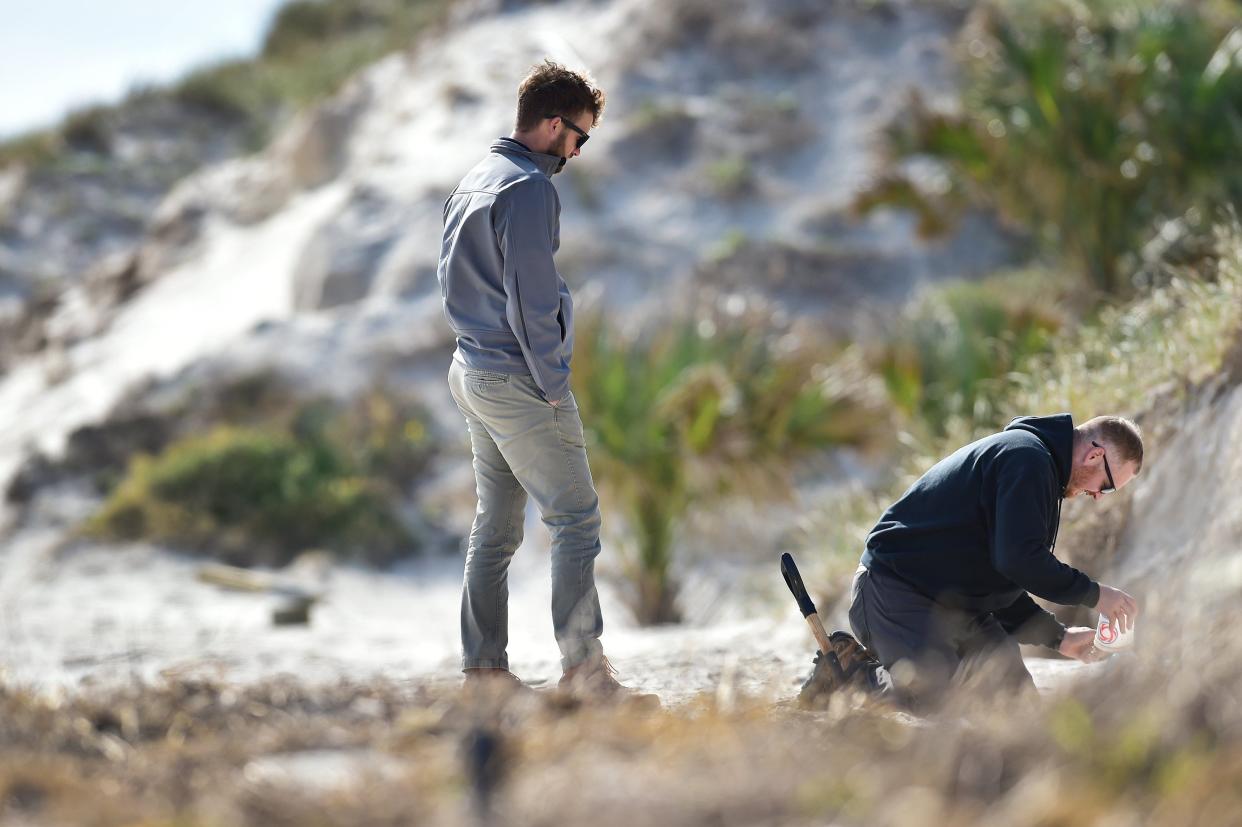
While crews finish final details of a widespread St. Johns County beach repair project, county officials are considering work next year to undo erosion from Tropical Storms Ian and Nicole.
“In five to six months, we could see construction happening,” said Stephen Hammond, a coastal environmental project manager for the county, although he stressed that key steps still have to happen for the work to take place.
By the end of December, the county expects to have mailed forms to owners of more than 1,000 oceanfront properties that could qualify for federally backed work to prepare beaches to weather new storms.
The first paperwork went into mailboxes in late November.
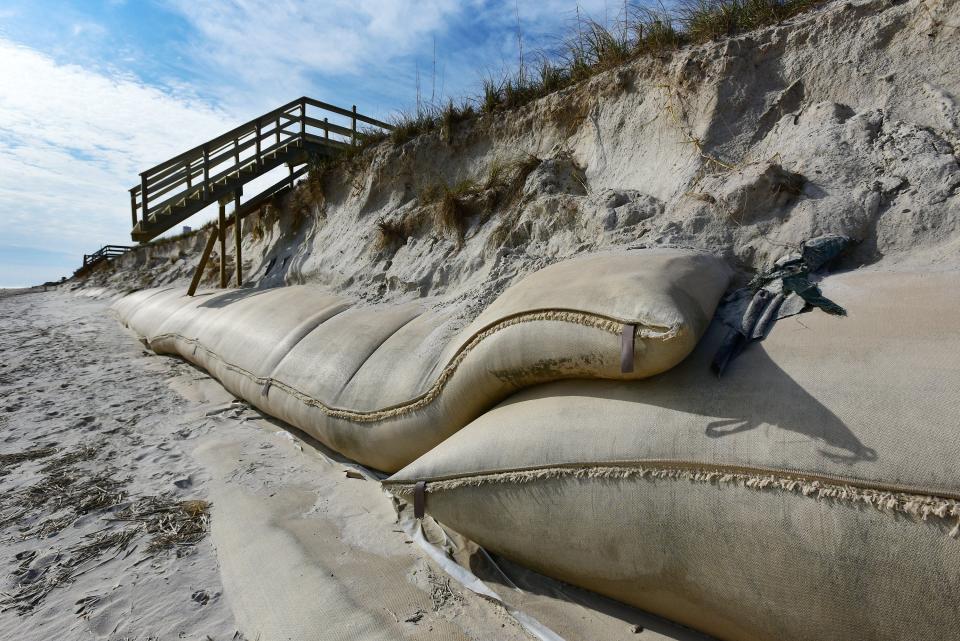
The beach repairs can’t be done without property owners approving easements for the work to happen, so reactions to the county’s outreach will have a critical first impact on beach repair plans.
If there’s enough support from property owners, Hammond said officials could ask county commissioners whether they want to put up local funding to start the work quickly and collect reimbursements later from the Federal Emergency Management Agency.
Finishing touches are being done now on a separate $34 million beach project that began last year to help 11.5 miles of deteriorated shoreline scattered between the Duval County line and the southern end of Crescent Beach.
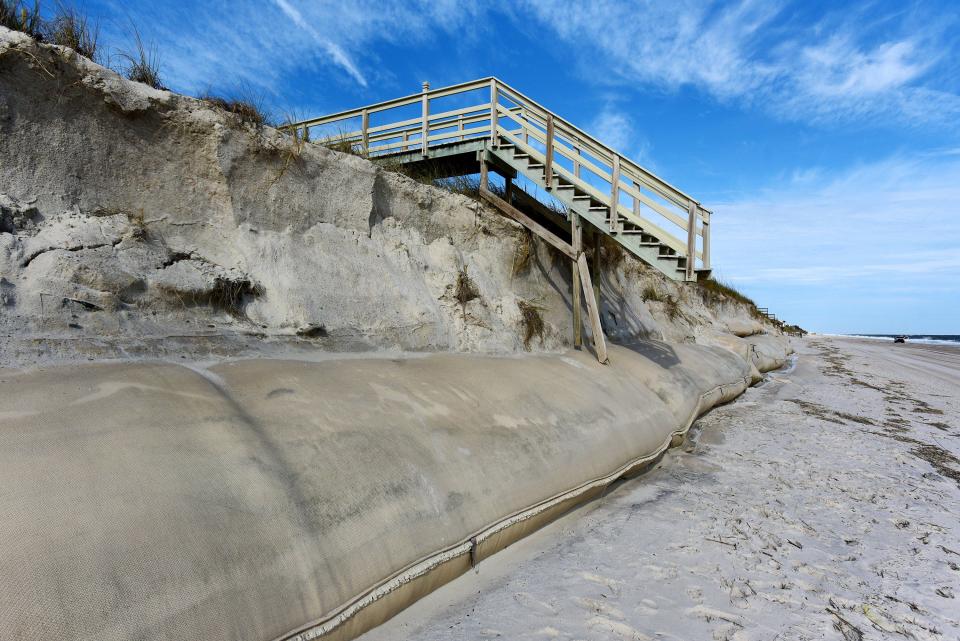
The work, called the FEMA Dune Enhancement Project, was meant to create an “emergency berm” to defend the shoreline temporarily while agencies developed long-term protection plans.
While it was only designed to handle common problems like the bad weather that engineers label a “five-year storm,” Hammond said the work prevented a lot of beach losses by absorbing eroding waves from both Ian and Nicole.
“The berm did tremendous. … It really did do its job,” he said. “It does stink that it only lasted a couple of months, but that was what it was designed for.”
The repaired shorelines still have areas that look ragged, like sections of the privately-installed geotextile tubes that formed buried seawalls for some homeowners but now sit exposed where the beach on top of them has washed away. But that’s not work the county is responsible for, and separate rules control when those areas have to be restored.
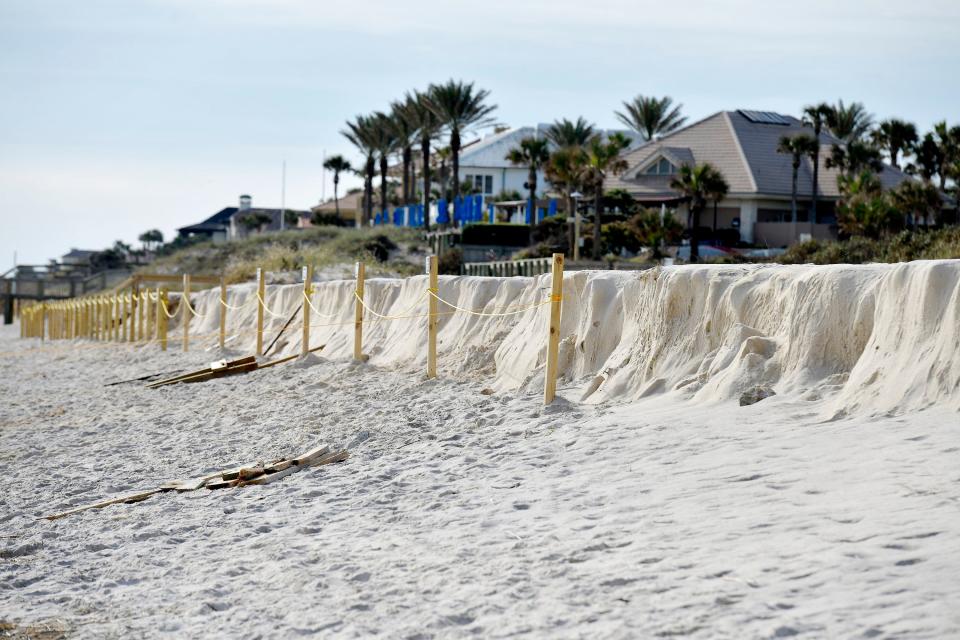
The county-run repairs installed about 480,000 cubic yards of sand on St. Johns beaches, which sounds huge but isn’t that impressive when it’s spread over more than 11 miles.
For comparison, waves from Ian and Nicole along a 10-mile stretch of Jacksonville’s Beaches were estimated to have carried away 1.2 million cubic yards of sand — about two and a half times the amount installed to shore up St. Johns beaches.
The limited scope of the county’s repairs led project planners to decide to do the work without cumbersome equipment used to dredge big batches of sand from the ocean floor and pump it through metal pipes onto the beach.
Instead, county officials bought sand from mines up to 65 miles away in Keystone Heights and carried tens of thousands of truckloads of material overland to the area where it was needed.
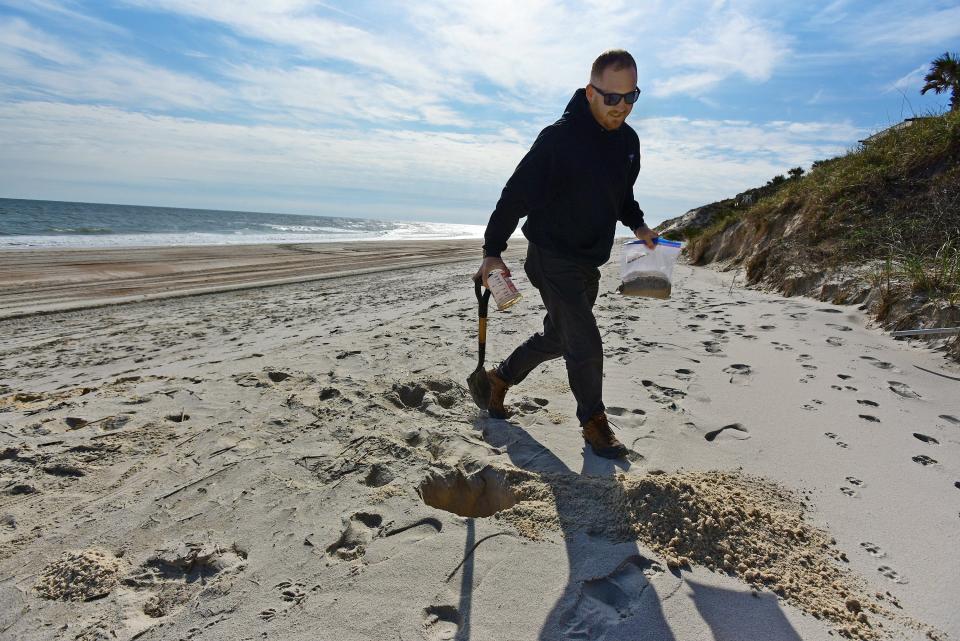
Those sand that was hauled all that difference had to be chosen carefully to be sure the color and coarseness matched that was already on the shoreline.
After the new sand was installed, county staff collected samples from the repaired beaches and had a consultant in a lab conduct before-and-after comparisons to be sure the beach wasn’t changed.
The question matters not just to beachgoers but to wildlife like sea turtles that build nests in the dunes. The sex of protected sea turtle hatchlings is affected by temperatures in the nests, so Hammond said adding darker sand that raises temperatures could change the could change the gender balance of the turtles being born there.
Sand was spread over the last places receiving beach repairs in November and Hammond said the only work left after that was incidental tasks like improvements to damaged parking lots that were part of the project.
And beach managers can focus attention now on where and how fast work can start to repair beaches that were damaged by this year’s hurricane season.
This article originally appeared on Florida Times-Union: St. Johns eyes new beach erosion work after finishing 'emergency berm'

